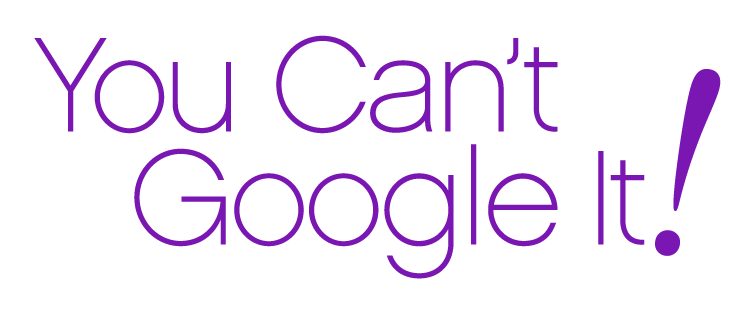Use Backwards Thinking: Start with the B (Belonging)
/Most organizations with the best of intentions are only making slow progress in achieving inclusive workforces and workplaces because they have been focused on diversity numbers and checking boxes, stopping after creating ERGs and affinity groups, and thinking they’ve crossed the finish line when people of differences are offered “seats at the table.”
Well intentioned, but Inclusiveness is not enough for talent retention, engagement and long-term loyalty. The most important initial in the DEIB acronym is the B, “belonging.” Starting with the end in mind is a nice phrase, and the desired end is not static. Improvement in the state of belonging requires periodic assessment of what matters most, then monitoring and measurement.
I recommend starting with the B. Belonging is more emotion than logic. We know diversity numbers are not enough; and being included with a slot alone is no assurance that the desired talent, especially in times of talent wars, feels like they’ve found a destination with lasting attraction. For that, they need to feel they belong.
Here’s what I think “Belonging” feels like.
7 indicators of the presence of B:
1. You are encouraged to speak up – and people listen.
2. You are taken seriously.
3. Your organization is open to your curiosity and creativity and gives them space.
4. You are given the psychological safety to ask “why?”
5. You are not expected to be perfect.
6. You feel welcome in a supportive environment.
7. You are recognized both tangibly and intangibly for your contributions.
Which of these are missing in your experience or your organization?
Of course, how each individual perceives belonging can differ somewhat. People of all generations want to be compensated in alignment with the value they contribute. But that’s not enough to keep them, and often not what matters most to them. Generally speaking, there are some commonalities among what people of each generational cohort want and expect from their work and workplace experiences. Below are examples from my research, including from interviews I conducted in the last month for a Mastermind we are starting soon, as well as survey findings from a number of large research firms.
The newest entrants, Gen Z, also the most vocal about their personal identities, want the multiple aspects of their identities respected and opportunities for continually developing their skills to be a key ingredient of their employment. They want an employer’s values and mission to be in alignment with theirs and to stand up for causes they believe in. They want wellness programs available.vKeep in mind their predilection to leave an employer if they don’t see a path to increased opportunities for growth, flexibility for how they spend their time, and new types of benefits. They seek transparency on pay and firm policies. Employers need to explain the “why” behind behavioral expectations.
Millennials have been educated in teams and to ask questions and get support from their parents and coaches. So they expect to have a voice in decisions that affect them and to be listened to, even if ideas are not accepted leading to action. Give Millennials with at least 5 years of experience opportunities to “apprentice” to leaders and temporality step in for leaders when the latter take time off. Provide them with feedback and recognition, and be clear about how their work is meaningful to clients and community.
Encourage Gen Xers to pursue leadership as an important bridge between Boomers and Millennials. They also have insights as what many of them have learned parenting Gen Zers. Appreciate their resourcefulness and independent thinking.Provide more flexibility for hybrid working and parenting responsibilities while being mindful of fairness to non-parents. This is also a concern for the Millennial cohort.
Give Boomers’ wisdom and experience deserved respect. Avoid any ageism, either overt or as micro-aggressions. Be creative about role shifts to serve their continuing relevance, lifelong learning and growth. Create more mentoring opportunities, and train them to be more comfortable in giving proficient feedback.
In these examples, I’ve given you a lot of food for thought and action. If a culture of belonging is developed and sustained, it will then be significantly easier to succeed in attracting, engaging and retaining a highly productive, diverse and loyal workforce with all the benefits of avoiding costly turnover and broadening a profitable client base.,
Call to action: Leaders, managers and individual co-workers need to pave the way for true diversity and inclusion by instituting the behaviors that make all personnel at every function and level feel they belong and play an important role. Start with belonging behaviors and work backwards from there to attract and retain desired talent and create long-term sustainable organizations.


